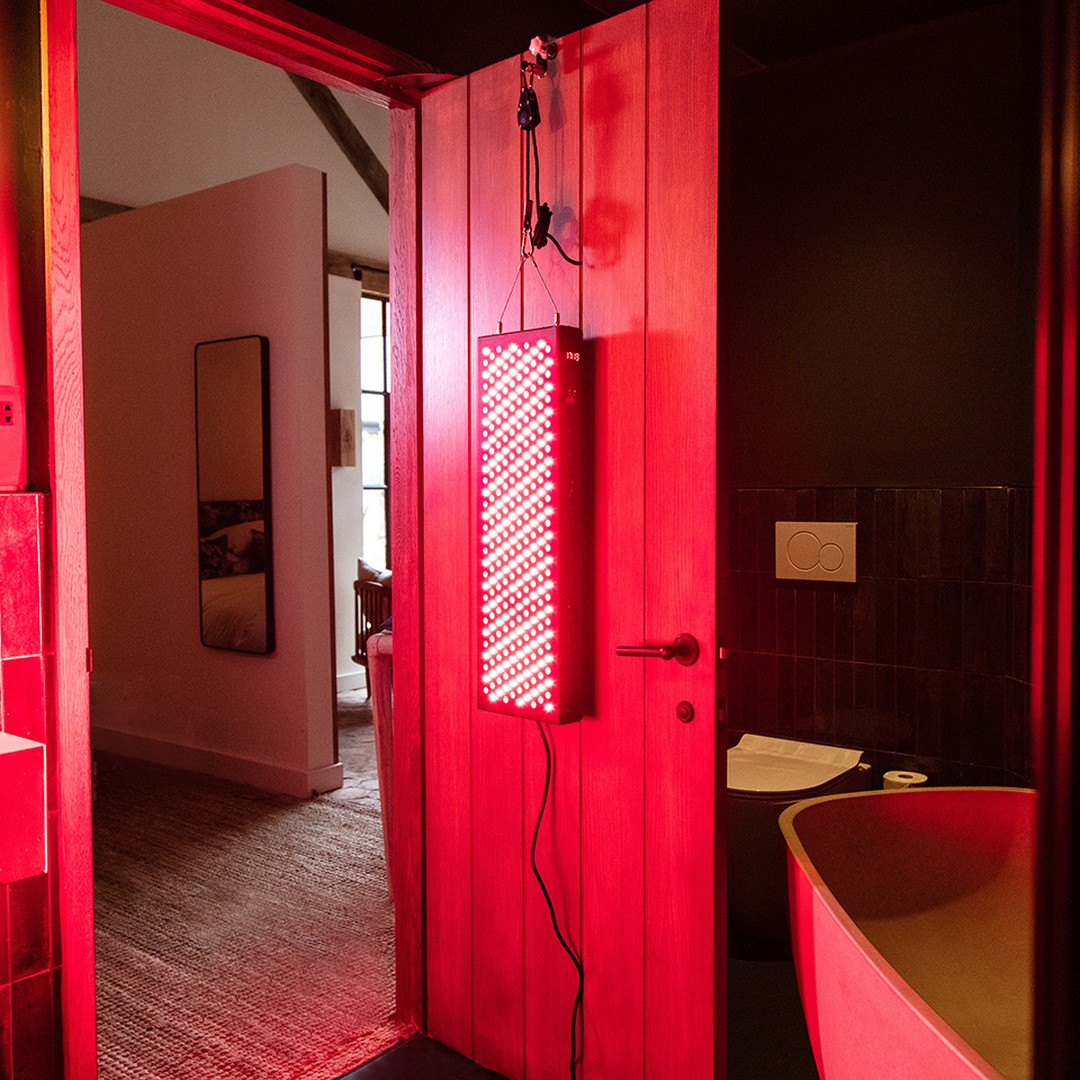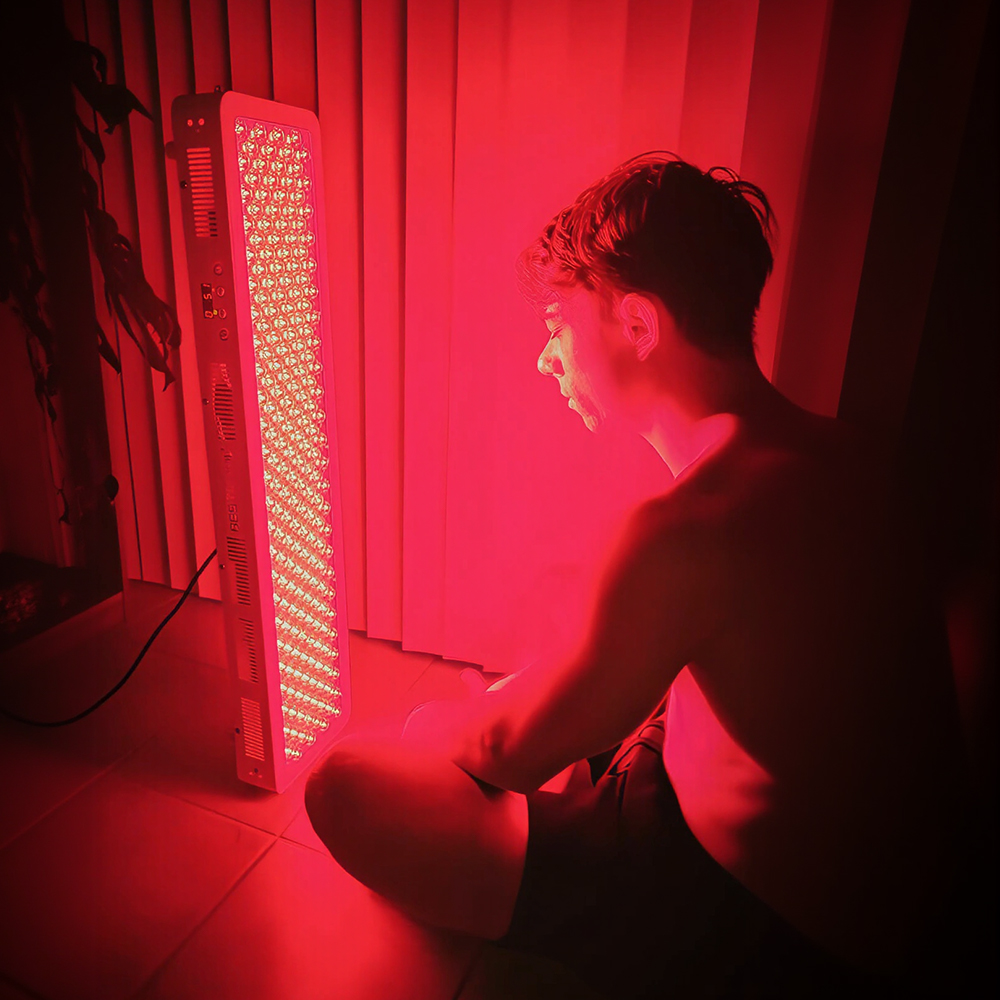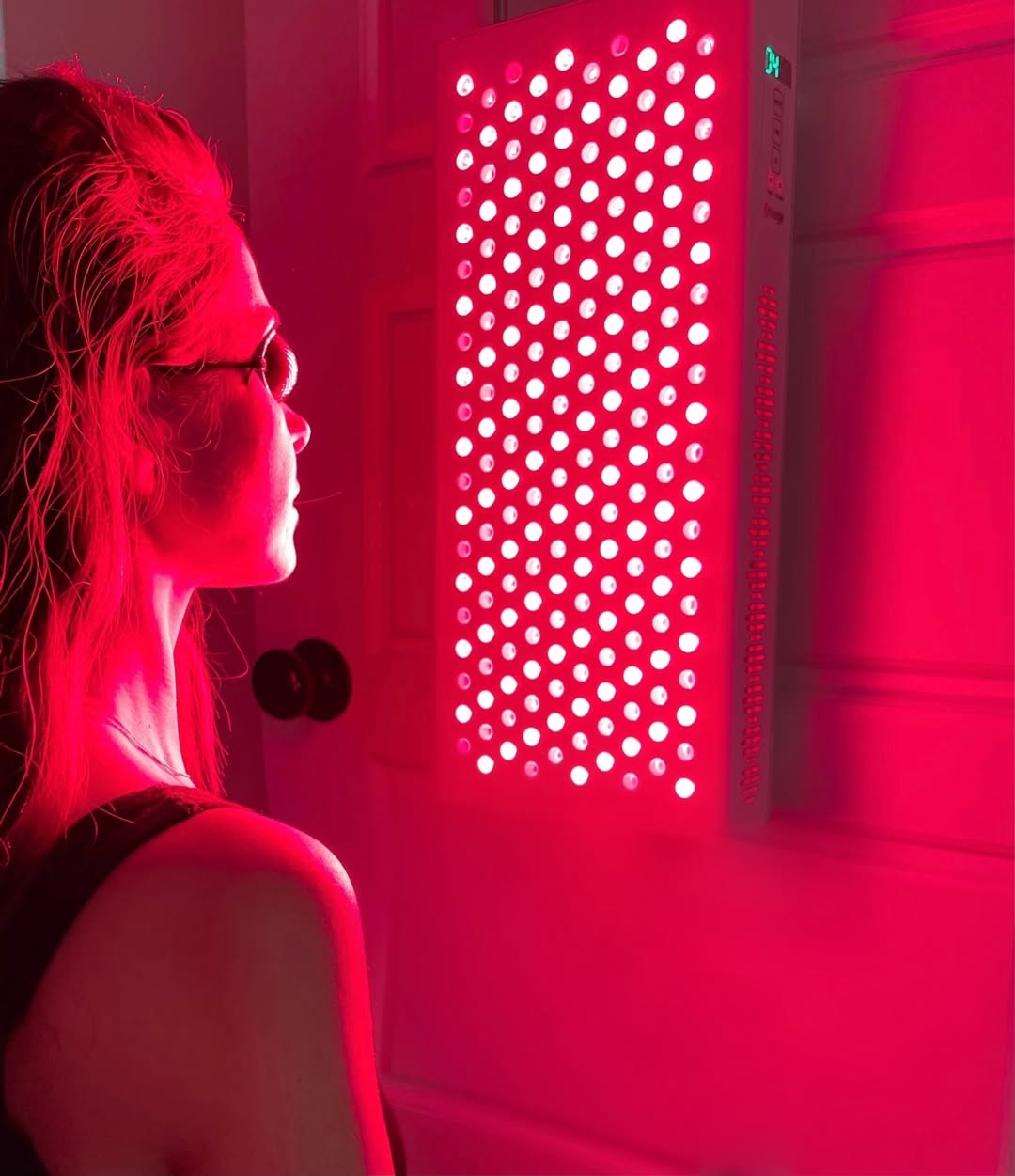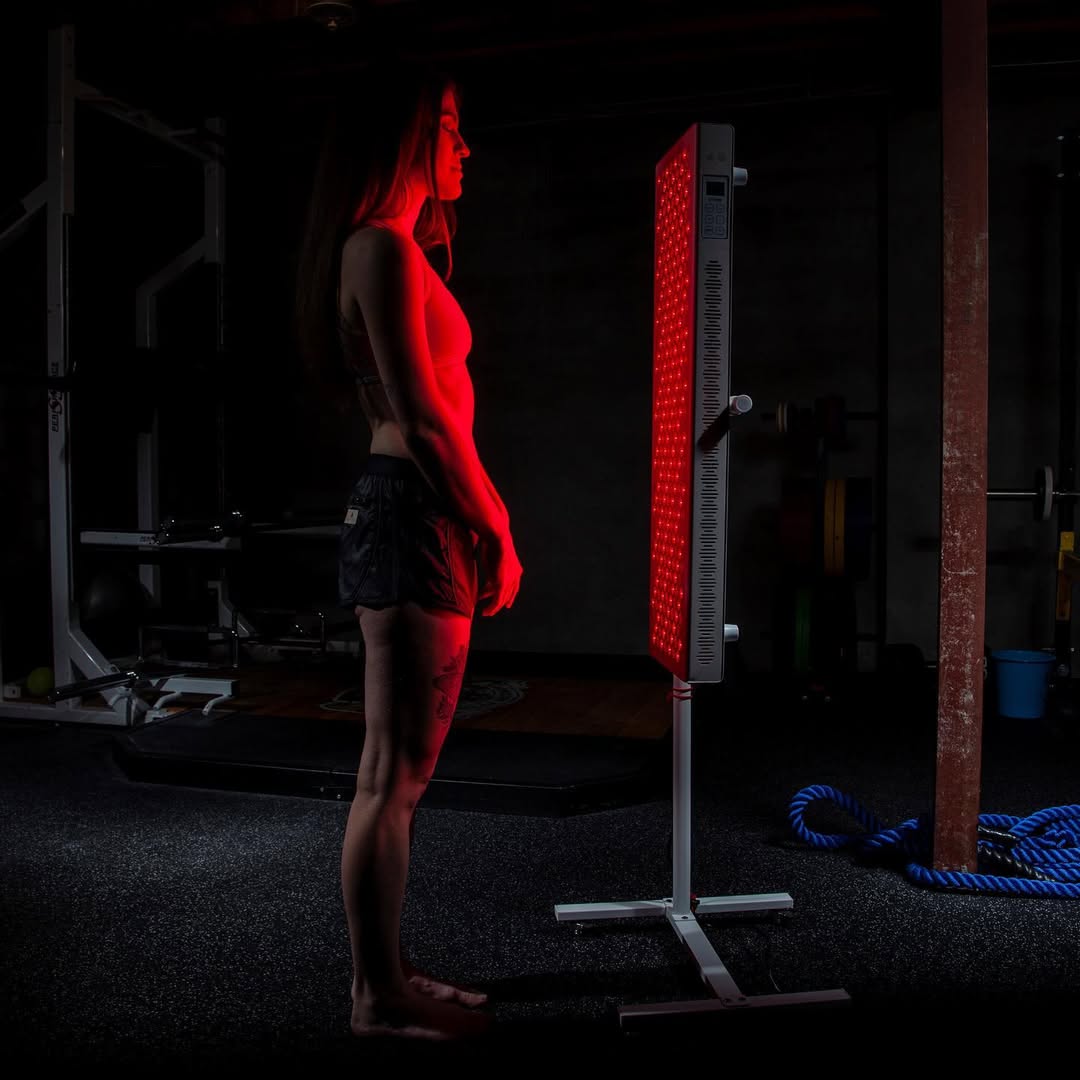![]() Free Shipping
Free Shipping ![]() Buy Now, Pay Later
Buy Now, Pay Later ![]() Eligible
Eligible
What Role Can Red Light Therapy Play in Managing Herpes Symptoms?

Herpes is a common viral infection caused by the herpes simplex virus (HSV), which comes in two primary forms: HSV-1 (typically causing oral herpes) and HSV-2 (usually responsible for genital herpes). While there is no cure for herpes, various treatments aim to reduce outbreaks, alleviate symptoms, and improve quality of life. One emerging therapy that has gained attention is red light therapy (RLT), also known as low-level laser therapy (LLLT) or photobiomodulation.
But can red light therapy really help manage herpes symptoms? Let’s explore the science, benefits, and practical applications of this innovative treatment.
Understanding Herpes and Its Challenges
Before diving into red light therapy, it’s essential to understand herpes and why managing symptoms is crucial.
- Herpes outbreaks can cause painful blisters, itching, and ulcers.
- Triggers like stress, illness, or sun exposure can reactivate the virus.
- Current treatments include antiviral medications (e.g., acyclovir, valacyclovir), which suppress the virus but don’t eliminate it.
While antivirals are effective, some people seek alternative or complementary therapies to enhance healing and reduce discomfort. This is where red light therapy comes into play.
What Is Red Light Therapy?
Red light therapy uses specific wavelengths of red and near-infrared light (typically between 600-850 nm) to penetrate the skin and stimulate cellular repair. Unlike UV light, which can damage skin, RLT is safe and non-invasive.
How Does It Work?
RLT works by:
- Boosting mitochondrial function (enhancing energy production in cells).
- Reducing inflammation (helping with pain and swelling).
- Promoting tissue repair (speeding up healing of sores and lesions).
These mechanisms make it a promising option for managing herpes symptoms.
Can Red Light Therapy Help with Herpes?
While research on RLT specifically for herpes is still evolving, several studies and anecdotal reports suggest potential benefits:
1. Faster Healing of Herpes Lesions
Herpes outbreaks often involve painful sores that take time to heal. RLT has been shown to:
- Accelerate wound healing by increasing collagen production and blood flow.
- Reduce the duration of cold sores (oral herpes) by promoting tissue repair.
A 2009 study published in Photomedicine and Laser Surgery found that LLLT significantly reduced healing time for herpes labialis (cold sores) compared to placebo.
2. Pain and Inflammation Reduction
Herpes outbreaks can be extremely uncomfortable. RLT helps by:
- Lowering inflammatory cytokines (molecules that cause swelling and pain).
- Stimulating endorphin release, providing natural pain relief.
This makes it useful for reducing the burning and itching associated with herpes sores.
3. Potential Antiviral Effects
Some research suggests that certain light wavelengths may have mild antiviral properties. While RLT doesn’t kill the herpes virus directly, it may:
- Support immune function, helping the body fight outbreaks more effectively.
- Reduce viral reactivation by lowering stress-related inflammation (a common herpes trigger).
4. Preventing Future Outbreaks
Regular RLT sessions might help:
- Strengthen skin resilience, making it harder for sores to form.
- Reduce outbreak frequency by maintaining cellular health.
VELLGUS Elite V2
THE #1 RATED RED LIGHT DEVICE
VELLGUS pro V2
THE #1 RATED FULL BODY RED LIGHT DEVICE
How to Use Red Light Therapy for Herpes Management
If you’re considering RLT for herpes, here’s how to incorporate it:
1. Choose the Right Device
- Handheld RLT devices (for targeted treatment of cold sores).
- Panels or full-body devices (for broader immune and skin benefits).
- Wavelength matters: 630-670 nm (red light) for skin healing, 810-850 nm (near-infrared) for deeper tissue effects.
2. Treatment Protocol
- Frequency: 3-5 sessions per week during outbreaks; 2-3 times weekly for prevention.
- Duration: 5-10 minutes per session.
- Consistency: Best results come with regular use over weeks/months.
3. Combine with Other Therapies
For best results, pair RLT with:
- Antiviral medications (as prescribed by your doctor).
- Lysine supplements (may help reduce outbreaks).
- Stress management (meditation, sleep, diet).
Are There Any Risks or Side Effects?
RLT is generally safe and well-tolerated, but some considerations include:
- Mild redness or irritation (rare, usually temporary).
- Eye protection needed when using high-intensity devices.
- Not a replacement for antivirals in severe cases.
Always consult a healthcare provider before starting new treatments.
Final Thoughts: Is Red Light Therapy Worth Trying?
While more clinical studies are needed, existing evidence and user experiences suggest that red light therapy can be a valuable tool in managing herpes symptoms. It may help:
✔ Speed up healing of sores.
✔ Reduce pain and inflammation.
✔ Potentially lower outbreak frequency.
If you’re looking for a drug-free, non-invasive adjunct therapy, RLT is worth exploring. As research continues, it may become a more widely recommended option for herpes management.








